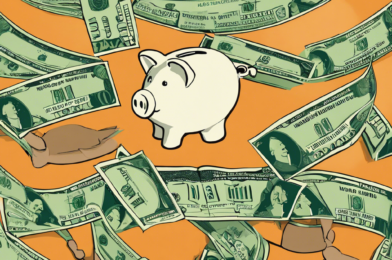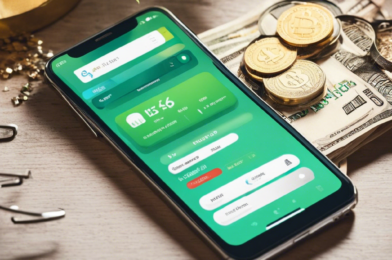Are you feeling the pinch in your wallet these days? With rising living costs, it can be challenging to save money and achieve your financial goals. But fear not! There are fun and creative ways to boost your savings and stay motivated throughout your financial journey. Introducing the concept of money-saving challenges, a popular and effective method to grow your savings effortlessly. These challenges are designed to make saving an exciting adventure rather than a tedious chore.
The concept is simple: you set a specific savings goal and develop a strategy to reach it. For instance, you might have heard of the popular ’52-week money challenge.’ This challenge encourages you to save $1 more each week for a year. Starting with saving $1 in the first week, you gradually increase your savings by adding $1 each week, so by the end of week 52, you’ll be saving $52 that week. This method helps you save over $1,300 in a year! It’s a gradual and manageable approach, making saving more accessible and less intimidating.
Another exciting challenge is the ‘No-Spend Challenge.’ This one is all about discipline and self-control. The idea is to set a period, say a week or a month, during which you commit to not spending any money on non-essential items. This challenge is a great way to become more mindful of your spending habits and identify areas where you can cut back. You’ll be surprised at how much you can save by simply being more conscious of your purchases.
For those who enjoy a bit of creativity, the ‘Coin Jar Challenge’ might be perfect. This challenge involves collecting all your spare change in a jar and watching it grow into a substantial amount. Every penny counts, and over time, those pennies add up! You can even make it a family activity and turn saving into a fun tradition.





